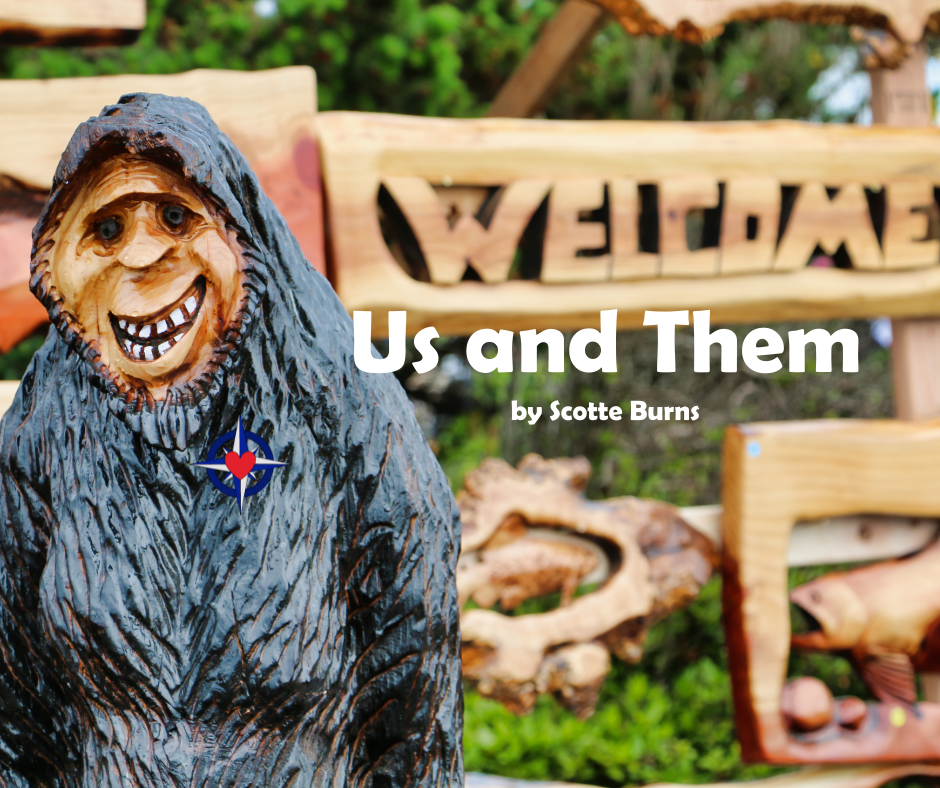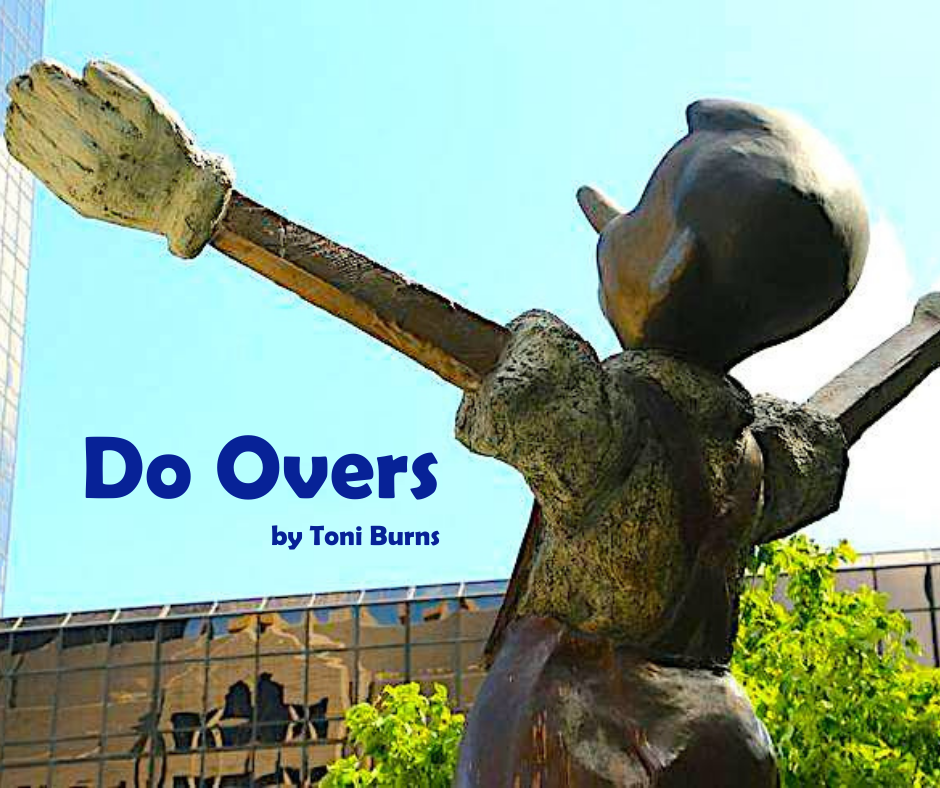Heart of America - A Lakota Prayer
- Scotte Burns

- Oct 10, 2023
- 5 min read
Rattled by the pitted patchwork of reservation roads, dragged from a mud bog, and weaving paths through grasslands where no Harley has gone before, our bikes finally rested, covered, a mile or so west of the Lakota Sundance grounds near St. Francis, South Dakota. Recalling youthful summers spent swashbuckling at Renaissance festivals, where we camped at night with friends who became family over those years, Toni and I sat huddled over coffee and new friendships under a weathered shelter. With the savory airs of grilling onions and peppers wafting over us, singer Greg Grey Cloud kindly amended our ignorance of Lakota customs before honoring us with a rare invitation to attend and support the Sundance. Bo, a fellow Anglo who’d married into the tribe, his head graced by an enormous grey pelt and headdress, cooked chili on a camp stove resting on the shelter’s plywood counter, humming softly to himself before offering us the first bowls. Guests are always served first in Lakota tradition. It is one of many traditional courtesies from a people balancing profound pride in their culture and history with a personal humility that is, in turn, humbling to receive.
Hearing of our quest to reconnect the heart of America through the loves of our nation’s people and cultures, Bo related a conversation between a tribal elder and a previous Anglo visitor, also curious about the Lakota. As the elder finished a song he’d offered to the sky, the man asked him the meaning of the song. The elder replied, “I am praying for rain for the crops and land.” Later, following another, different song, the man again asked the elder its purpose. “I pray for rain to renew the rivers and lakes,” he answered with a patient smile. Following a third song that evening, the elder told the man he sang it in gratitude for the rains that had come and the life it had nurtured. “Your prayers are so often about rain,” the visitor remarked. The elder laid a hand on the man’s shoulder and said, “That is because all prayers are about the things we lack, the things that we need, or for which we hope. That is why your people’s prayers are so often about love. We have a great bounty of that. Here, we need rain.”
The elder’s words said much about how the Lakota see America and their place within it, but Greg’s subsequent revelation about his people was even more astounding. As drums and prayer chants drifted down to us in the secluded space just off-site where Greg told us our cameras would not offend, we asked him how to say “I love you” in his language. Wanting to express it in all the tongues our country speaks, it’s a question we’ve asked multilingual cultures across America. We learned that there is no single word or phrase in Lakota that translates directly as “love.” Instead, there are different terms for a human spirit’s desire to make another person a part of their family, protect and defend what one holds as beautiful or treasured, to dispel the loneliness of others, and more. All the nuances over which fellow Americans cast a broad net, calling everything caught in it “love,” the Lakota have instead given distinct names and faces. It’s like having no general term for sunshine, but instead calling the daylight that makes crops grow by one word, the kind that warms our skin through a window another, and that dries mud to clay another still. We could then communicate each through its unique character and our shared experience, assuring mutual understanding.
In our travels, Toni and I see the distances between individuals and cultures in reflected in the limitations of language, especially in translation. We all seem to know love innately when we witness or feel it, but its definition - how to say what it means precisely in our individual lives and as a people - is elusive. Asking folks to define it, to finish the sentence, ”Love is...”, remains among our most challenging questions to answer. Many simply reply, “Well, you know it when you see it, but you can’t put it into words.” Yet, the Lakota make all the facets of love apparent to one another, thereby making them simpler to share. They likewise describe spirit, sacrifice, giving, knowing, and other essential elements of being human in ways that don’t label such profound experiences with single terms, leaving it to each person to struggle with “knowing it when they see it.” In defining each manifestation’s nature, meaning, and diverse expressions, everyone recognizes what they share of these things with others. As with many things Lakota, it is a way of being and communicating that is unique to their culture. This perspective weaves through Lakota history to form their collective story, and as all great stories do, it started me thinking. How does all this fit alongside my own life’s tale? How do I see and say love, sacrifice, spirit, giving, and knowing? For what do I pray?
Riding out the next day, my thoughts on all this eventually joined the Mississippi river’s currents at Davenport, Iowa, flowing between the banks of the Hawkeye State and Illinois. Just as the river both separates and bonds the lands along its banks, our visions of life and love - as diverse as America’s cultures and peoples themselves - are separated by language, experience, history, and traditions that vary and often even conflict. And yet, though our words and ways differ, a bond is still found in knowing that we all do love, sacrifice, give, and live. Just as rivers both separate and connect the lands along their banks, the knowledge that we all love cleaves us in ways that need not be specifically Lakota, Anglo, Hispanic, Muslim, African, Asian, or what have you. Taking that to heart by hearing and accepting one another’s stories best defines us as uniquely American - when we have the wisdom to embrace it - and one another.
On this leg of our journey, we gratefully add to that embrace the tales of a powerfully gentle African-American woman advocating mercy for death row inmates; a pair of hipster entrepreneur dudes spinning horse dung into gold and thereby gilding the future of their community; a barbershop chorus supporting kids battling cancer through song and laughter; eastern Asian Muslims leading Jews and Catholics in hosting ecumenical community dinner parties for the homeless. Each time we think we’ve seen every facet of love in America, a new jeweler comes along and strikes a fresh, brilliant cut. And when we share these stories between them, we see the most remarkable quality of all that love possesses. The more you give away, the more you have.
In these stories of love and life from Americans of every culture, place, and history are the seeds of understanding that while our lands, peoples, and ancestries are unique, each with its own sacred heart and identity, separating us, those same tales also bind us together through a simple, universal truth: we all love. May the tales we share about that love, with its many different faces, be the rain that helps those seeds grow.
This, I pray.




Comments